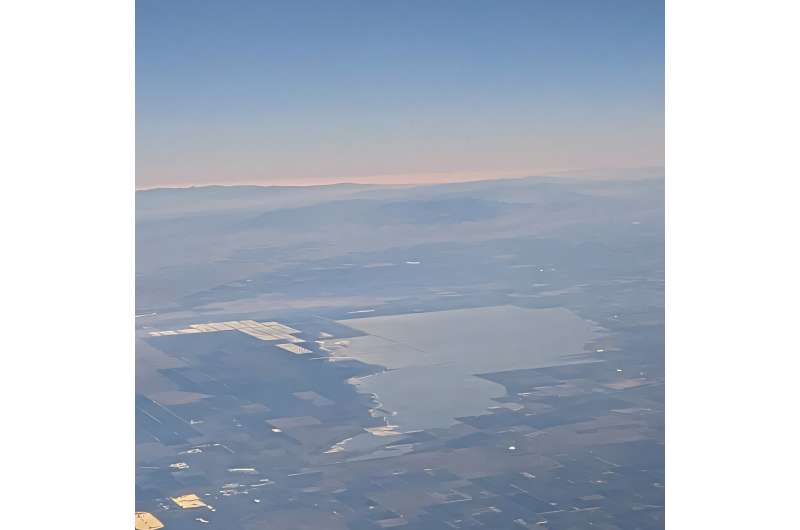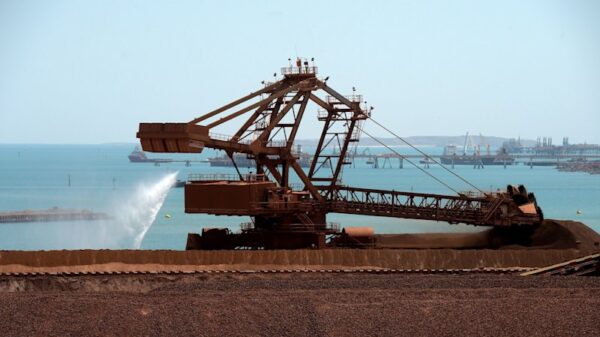In California’s San Joaquin Valley, a coalition of tribal leaders, environmental advocates, and community activists is spearheading a plan to revive a portion of the historic Tulare Lake. The lake, once a vast expanse of freshwater, was drained over a century ago but has occasionally reappeared during periods of significant flooding. The new proposal seeks to construct a reservoir with surrounding wetlands near Kettleman City, providing flood protection and restoring ecological habitats.
Historic and Cultural Significance
The Tachi Yokut Tribe, among the key proponents of the project, considers the restoration of Tulare Lake—known to them as Pa’ashi—as both a cultural and spiritual endeavor. Historically, the lake was the largest body of freshwater west of the Mississippi River, supporting diverse wildlife and the livelihoods of the Yokut tribes. “Water brings life,” stated Robert Jeff, vice chairman of the Santa Rosa Rancheria Tachi Yokut Tribe, emphasizing the broader benefits of returning water to the land.
In 2023, floodwaters temporarily revived the lake, allowing the Tachi Yokut Tribe to hold a ceremonial gathering at the water’s edge. However, as the waters receded, the opportunity to permanently restore part of the lake resurfaced, prompting a renewed effort to bring together various stakeholders in the San Joaquin Valley.
Technical and Financial Challenges
The engineering proposal, crafted by civil engineer John Ennis, outlines a plan to acquire nearly 24,000 acres of farmland and construct levees to contain the new lake and wetlands. The project could cost up to $1 billion, with potential funding sourced from California’s Proposition 1 bond, aimed at water storage and ecosystem restoration. Ennis’ design includes a multi-purpose reservoir capable of storing up to 500,000 acre-feet of water, equivalent to the annual water use of Los Angeles.
One major hurdle is acquiring the land, which includes properties owned by Sandridge Partners, the J.G. Boswell Co., and the Los Angeles County Sanitation Districts. While discussions with landowners have begun, no formal endorsements have been made public. State officials, including Wade Crowfoot, California’s Natural Resources Secretary, have reviewed the proposal, but have yet to comment.
Environmental and Community Benefits
Supporters of the project argue that restoring part of Tulare Lake would not only provide flood protection but also boost local biodiversity. The proposal includes a 2,280-acre wetland restoration zone, featuring constructed islands to support bird populations along the Pacific Flyway. Ennis suggests that by replenishing groundwater and curbing land subsidence, the project aligns with broader efforts to sustainably manage water resources in the state.
Community members and environmental groups, like Friends of the River, are optimistic about the initiative’s potential to transform the region’s water management practices. “It’s a fascinating idea to pursue,” said Jann Dorman, executive director of the group. The plan, she suggests, represents a shift in how the valley might coexist with its natural water systems, benefiting both the environment and local communities.
The coalition driving the restoration sees this as a pivotal moment to unite diverse interests around a shared vision for Tulare Lake. As discussions continue, the project aims to not only revitalize a critical habitat but also rekindle a connection with the land’s historical roots, ensuring that the vision for a restored Tulare Lake is both environmentally and culturally sustainable.





























































